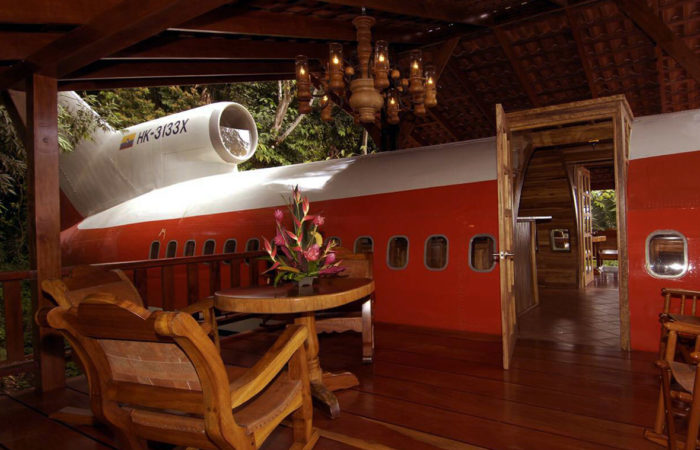Plastics are becoming more present in the seas and oceans around the world. The Mediterranean - a semi-enclosed marine basin - is one of the seas that accumulates more plastic waste from the continent, a situation that is endangering biodiversity and marine ecosystems. Now, the University of Barcelona is working on a citizen science project to better understand the origins and final destination of the plastics that reach the sea and thus improve the marine environment conservation strategies in the north-western Mediterranean.
The TRAP project (Participatory Strategies for the Management of Transboundary Coastal Plastic Pollution) is led by Professor Anna Sanchez-Vidal, from the Consolidated Research Group in Marine Geosciences of the University of Barcelona's Faculty of Earth Sciences, and has as its main partners the Universitat Politècnica de Catalunya (UPC) and the company Plastic At Sea.
With a budget of nearly one million euros, the project will run from 2025 to 2028. It is co-financed by the European Regional Development Fund (ERDF), under the Interreg POCTEFA Programme, a European Union initiative to promote the sustainable development of the border territory of Spain, France and Andorra.
The first meeting of the project will take place on 9 April, in the boardroom of the UB's Faculty of Earth Sciences, with the participation of Professor Anna Sanchez-Vidal, Professor José Alsina, from the UPC's Laboratory of Maritime Engineering, and Edouard Lavergne, from Plastic At Sea, the main promoters of the initiative, among other participants.
From French coasts to Delta de l'Ebre
Most of the plastic waste that threatens the marine environment comes from the mainland (rivers, beaches, outfalls, discharges). The TRAP project will contribute to preserving the ecological values of the coastal region of the Eastern Coastal Functional Area (AFLE) of the Pyrenees-Mediterranean Euroregion, from the estuary of the Aude river to the Ebro delta. According to recent studies, marine plastics are present in this area both near large cities and far from the coast, probably due to dispersion by the northern current flowing southwards from the Gulf of Lion, which is capable of transporting up to one trillion microplastics to southern latitudes.






